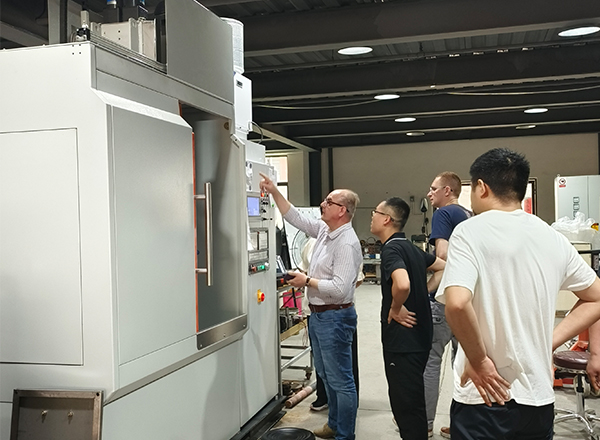
The valve seat and the valve body form the pump valve of the mud pump. Its overall structure is a single-acting hydraulic locking system. When working, the valve body moves up and down alternately, and the mud does not move when it is rotating. The inner cavity of the valve seat is constantly impacted. Therefore, the long-term operation causes serious wear of the pump valve, as well as the impact force and corrosion of the mud, which causes the pump valve to fail. From the working environment and technical requirements of the two, it is required to have high strength and surface hardness, good corrosion resistance and toughness. Therefore, for the materials produced, it is necessary to choose medium carbon steel or medium carbon alloy steel with high hardenability and hardness, and undergo quenching heat treatment by intermediate frequency induction heating equipment to meet the work requirements.
The machining process of the valve seat and valve body includes blanking, forging, normalizing, machining, quenching and tempering, finishing, inspection, etc. During the overall heat treatment, the surface hardness of the two reaches 53HRC, and after heating to the state of austenite, there will be no oxidation and decarburization on the surface. Due to the mature quenching and tempering process, the carbon concentration on the surface of the valve seat and the valve body is continuously reduced. Therefore, after heat treatment by intermediate frequency induction heating equipment, their surfaces will have higher strength and hardness, and have good wear resistance. And toughness, but the hardness of the core is different from the surface, which greatly enhances its impact resistance, so that the pump valve will not fail in the early stage. After the processing is completed, we need to check its hardness with a Rockwell thermometer to ensure that there will be no oxidation and decarburization on the surface.




 en
en  cn
cn  jp
jp  ko
ko  de
de  es
es  it
it  ru
ru  pt
pt  vi
vi  th
th  pl
pl 



















